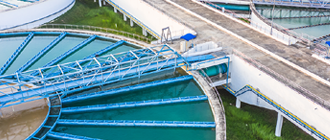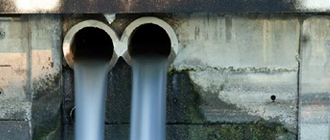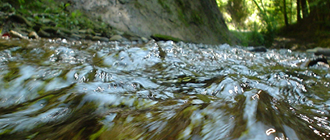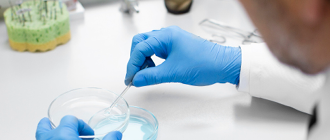On a European scale, water quality is regulated by several directives and regulations that set standards for various aspects of water management. The Water Framework Directive (WFD) is the main European directive for water quality. Adopted in 2000, its aim is to protect and improve the quality of surface waters, groundwater, and coastal waters throughout the European Union (EU).
The WFD notably requires an assessment of the ecological and chemical status of surface and groundwater, along with measures to achieve the water quality objectives set by the directive. Water quality is also regulated by other European directives, such as the Drinking Water Directive, the Bathing Water Directive, the Nitrate Directive, and the Pesticide Directive.
Tame-Water's analyses fit within this regulatory context. Here are some examples of regulatory articles that recommend or mandate biosurveillance:
- The European Union Water Framework Directive (Article 8) provides for the use of bioindicators to assess the ecological status of waters.
- European Directive 2013/39/EU mandates the monitoring of priority contaminants in surface waters and groundwater, including the use of bioindicators.
- The French Environmental Code (Article L.131-1) requires the monitoring of water quality and the identification of sources of pollution using biosurveillance methods.
- The decree of January 12, 2010, concerning the monitoring of surface water and groundwater quality, provides for the use of bioindicators to assess the ecological status of waters.
- The decree of January 25, 2010, establishes ecological quality criteria and biosurveillance methods for surface waters in France.
These regulatory articles highlight the importance of biosurveillance in assessing water quality and its long-term monitoring. Bioindicators are often used because they provide valuable information about the ecological state of aquatic ecosystems and the pollutants present in the water.
bioassay issues
Protection and Restoration of Ecosystems
In Europe, the Water Framework Directive (WFD) requires member states to ensure "good quality" of surface and groundwater. By 2027, the Water Framework Directive aims for rivers, lakes, and groundwater to be in good ecological health. This is the goal toward which the European Commission and all member states, including France, are working. While water agencies are striving for this objective, the latest assessment showed that:
- 40% of European surface waters were in good ecological condition, and 38% were in good chemical condition.
- 74% of groundwater was in good chemical condition, and 89% were in good quantitative condition.
To qualify the chemical state of aquatic environments, the European Water Framework Directive primarily mandates monitoring based on chemical analysis of a list of priority substances and substance groups. This provides limited information compared to the thousands of chemical molecules present in water.
Favorable Regulatory Evolution for Bioassays
Regulatory monitoring remains insufficient to assess the contamination status of aquatic environments by chemical substances. Indeed, the vast majority of chemical substances and their transformation products are not tested for and are thus not considered in assessing the chemical quality of aquatic environments, even though they contribute to chemical risk.
However, the advancement of scientific knowledge continues to drive regulatory evolution. New monitoring strategies that consider the real toxicity of substances and the risks associated with cocktail effects are beginning to be recommended by authorities. Among these strategies, bioassays are identified as complementary approaches to physicochemical analysis.
Considering the Cocktail Effect
The Water Framework Directive also requires member states to evaluate the combined effects of pollutants on aquatic ecosystems. The presence of multiple chemical substances in water can have combined effects on aquatic ecosystems, which cannot be adequately assessed using traditional tests based on isolated chemical substances.
For this purpose, bioassays can be used to assess the toxicity of mixtures of chemical substances on living organisms in water. The results of bioassays can help evaluate risks to aquatic ecosystems and develop appropriate water management plans to minimize these risks.
Tame-Water's contribution
Bioassays are biological tests used to assess water quality by measuring the impact of pollutants on living organisms. They involve exposing living organisms such as yeasts, bacteria, and/or cells to water samples taken from specific sites and measuring the effects.
Within the context of the Water Framework Directive, bioassays can be used to assess the ecological quality of waters. Aquatic organisms serve as key indicators of water quality, as they are often in direct contact with pollutants and can be used to determine the impact of these pollutants on aquatic ecosystems.
Applications
Bioassays can be used to monitor the impact of various pollution sources, such as industrial discharges, urban and agricultural effluents, and pesticides. The results of bioassays are used to assess water quality and to help determine the necessary measures to improve water quality and achieve the objectives set by the Water Framework Directive.
In summary, bioassays are an important method for monitoring water quality and for helping to protect aquatic ecosystems, which is a key element of implementing the Water Framework Directive.











